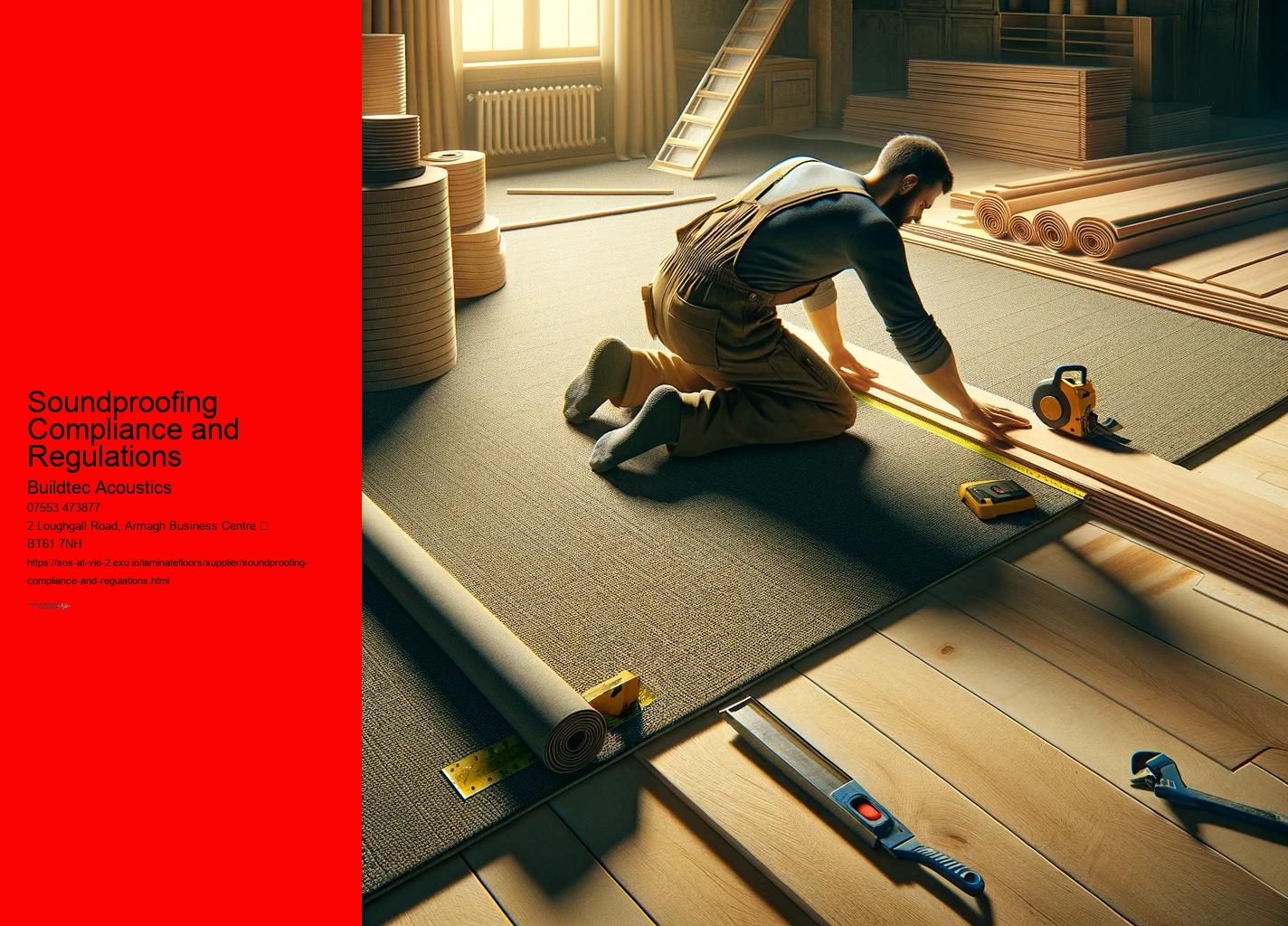For instance, Tecsound underlays are commonly used beneath concrete or screed subfloors, adding an additional layer of soundproofing that is effective against vibration and noise. Soundproofing Material Products from this Soundproofing Supplier are affective acoustic solutions. music Hard surfaces, such as hardwood and laminate, often amplify sounds like footsteps, creating unwanted echo and reverberation. tile Installing an acoustic underlay beneath carpets in office spaces can help reduce foot traffic noise and other disturbances, improving the room's dynamics. Materials used in acoustic underlays, such as foam, cork, and natural rubber, are highly effective in reducing vibrations and controlling noise.
These options support environmentalism by reducing the need for virgin materials and lowering overall pollution. The incorporation of acoustic underlays during renovation projects also helps meet building insulation standards and ensures compliance with soundproofing regulations, providing peace of mind to homeowners and builders alike. These products provide greater efficiency in both heating and noise control, ensuring comfort throughout the year.
Acoustic underlays made from polyvinyl chloride (PVC) or cork are ideal choices, as they balance both thermal insulation and soundproofing requirements. Impact noise, such as footsteps on laminate flooring or vibrations from appliances, can be minimized using dense materials like natural rubber or foam. The choice of acoustic underlay depends on the type of noise that needs to be managed.
When considering soundproofing methods, acoustic underlays provide a reliable way to reduce noise pollution, improve room acoustics, and create a more comfortable environment. Buildtec Acoustics offers a wide range of acoustic underlays designed to handle both airborne and impact noise, making them suitable for various flooring applications, including wood flooring, ceramic tiles, and laminate flooring. Environmental considerations are an important part of the design of acoustic underlays.
Soundproofing Compliance and Regulations - tile
- wool
- vibration isolation
- sound
- heat transfer
- soundproofing
- stairs
- perimeter
